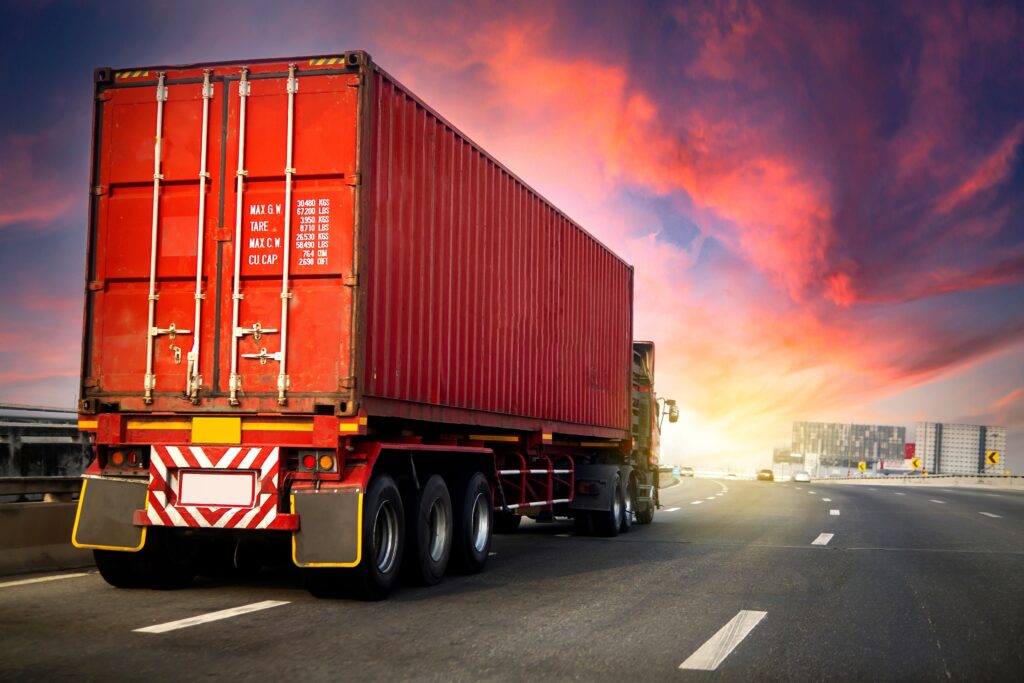The Art and Science of Efficient Cargo Loading
Cargo loading may seem like a mundane task, but it is an art that requires precision and careful planning. Whether you’re transporting goods by road, air, or sea, the way you load your cargo can significantly impact its safety, integrity, and overall transport efficiency. It’s not just about stuffing items into a vehicle or container; it’s about finding the delicate balance between maximizing space utilization and ensuring the security of your precious cargo.
The Importance of Proper Cargo Loading

Proper cargo loading is vital for several reasons. First and foremost, it ensures the safety of both the goods being transported and those involved in the transportation process. Imagine what could happen if heavy objects were loaded haphazardly in a truck or airplane: they could shift during transit, compromising stability and potentially causing accidents.
Additionally, efficient cargo loading helps to prevent damage to goods. By carefully organizing and securing items within a transport vehicle or container, you minimize the risk of breakage due to shifting or collisions.
This not only saves you from unnecessary financial losses but also preserves your reputation as a reliable transporter who values customer satisfaction. Furthermore, proper cargo loading plays an essential role in maximizing transportation efficiency.
When you effectively utilize available space by optimizing stacking techniques and minimizing empty spaces within vehicles or containers, you can transport more goods in fewer trips. This reduces fuel consumption, lowers carbon emissions, and ultimately contributes to a greener environment—an important consideration in today’s sustainability-focused world.
Factors Affecting Cargo Loading Efficiency
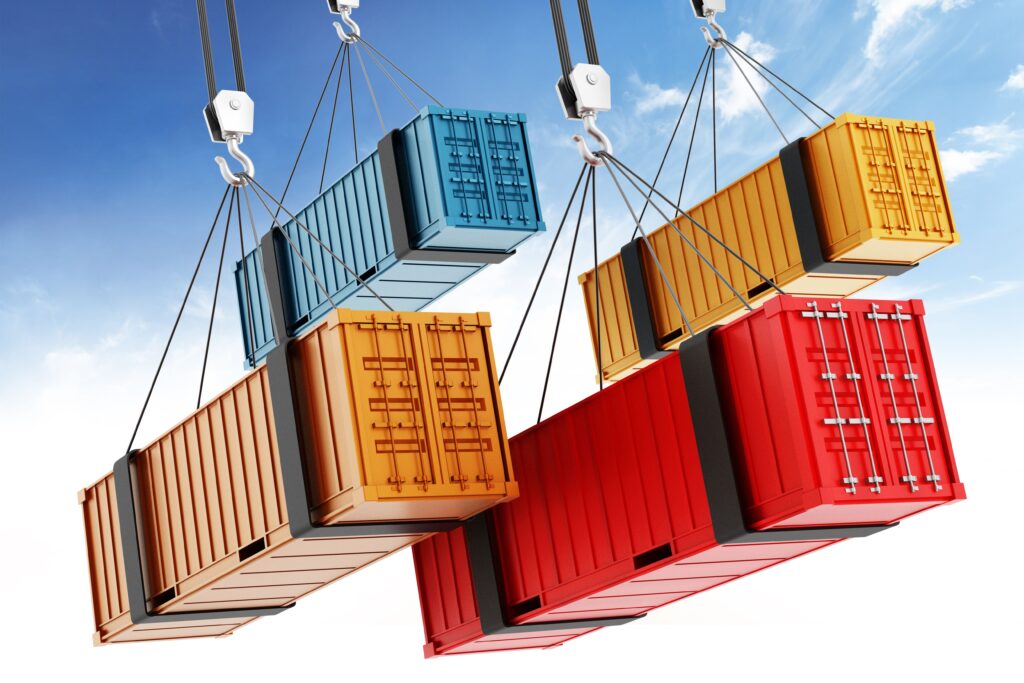
Several factors come into play when determining cargo loading efficiency:
- 1. Cargo Characteristics: The weight, dimensions, fragility, and special handling requirements of your goods directly impact how they should be loaded. For instance, fragile items may need extra cushioning or separation, while heavy items should be placed closer to the floor to maintain stability.
- 2. Container Selection: Different types of containers are suitable for different cargo. Choosing the appropriate container ensures proper fit and minimizes wasted space.
- 3. Compatibility and Grouping: Sorting and grouping cargoes based on compatibility is crucial for safety reasons. Separating hazardous materials from non-hazardous ones is essential to prevent accidents or chemical reactions during transportation.
- 4. Space Utilization: Making optimal use of space within a transport vehicle or container is key to efficiency. Stacking techniques, such as utilizing vertical space, can help maximize capacity while securing loose items prevents shifting during transit.
- 5. Loading Techniques for Different Modes of Transportation: Whether you’re loading cargo onto a truck, airplane, or ship, each mode of transport has specific loading best practices to ensure stability, weight distribution, and adherence to regulations.
By considering these factors and implementing best practices tailored to your specific cargo and mode of transportation, you can significantly enhance cargo loading efficiency and ensure the safe delivery of goods to their destination.
Preparing for Cargo Loading
Assessing Cargo Characteristics and Requirements
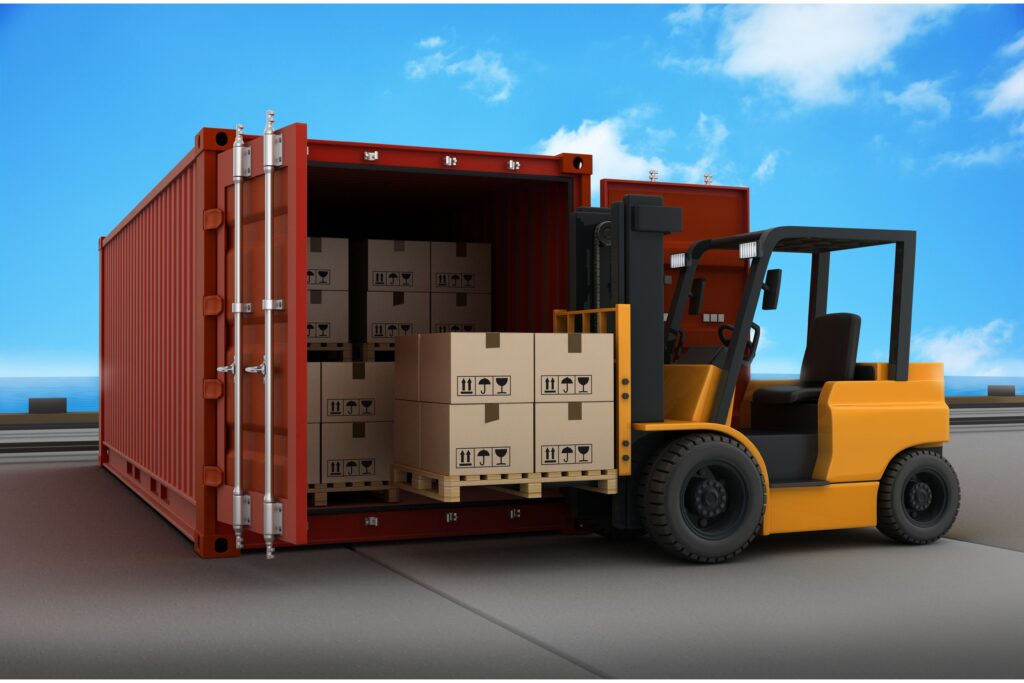
Before diving into the intricate process of cargo loading, it is essential to thoroughly assess the unique characteristics and specific requirements of each shipment.
One crucial aspect to consider is the weight of the cargo. Understanding its heft allows you to determine how it should be handled and distributed within the transport vehicle.
Additionally, knowing the dimensions of your cargo will help you anticipate any spatial constraints that may arise during loading. Another vital consideration in assessing cargo characteristics is fragility.
Some items demand extra care due to their delicate nature, while others can withstand a bit more roughhousing. Identifying fragile items enables you to strategize their placement within the transport vehicle, ensuring they are shielded from potential impacts or crushing forces.
Selecting Appropriate Packaging Materials and Containers
Once you have fully grasped the nuances of your cargo’s attributes, it’s time to turn your attention towards selecting suitable packaging materials and containers.
Different types of cargoes require specific packaging solutions for optimum protection during transportation. For smaller or irregularly shaped items, cardboard boxes or crates might be appropriate choices, providing structure and safeguarding against external pressures.
Bulky goods may necessitate pallets on which they can be secured using straps or stretch wrap film for stability. Moreover, when dealing with hazardous materials or substances that require controlled environments like temperature-sensitive goods, specialized containers come into play.
These include refrigerated units for perishable items or tanks designed to transport liquids safely. Ensuring container integrity and security is paramount throughout this selection process as well.
Containers should be thoroughly inspected for any damage such as cracks or leaks that could compromise both product safety and overall transportation efficiency. By taking these careful steps during preparation, you can lay a solid foundation for a successful cargo loading process, ensuring the safety and integrity of your valuable shipments. After all, true expertise lies in the attention to detail.
Organizing Cargo for Loading
Sorting and Grouping Cargoes Based on Compatibility
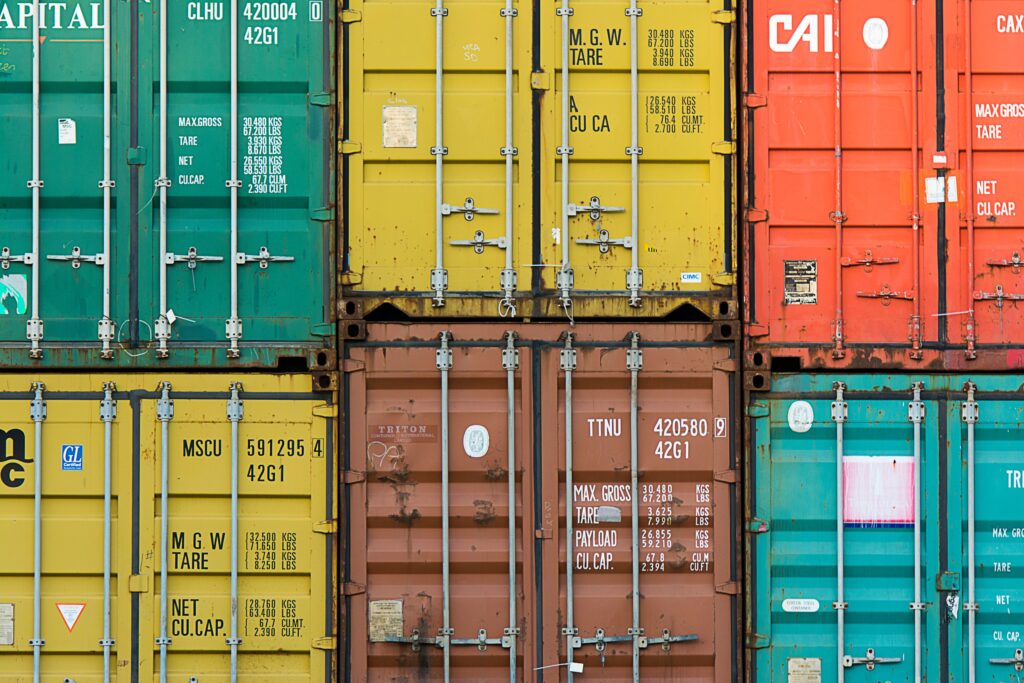
When it comes to organizing cargo for loading, one crucial aspect is sorting and grouping items based on their compatibility. This means separating hazardous materials from non-hazardous ones. By doing so, we ensure the safety of both the cargo itself and those handling it.
Hazardous materials require special care and handling due to their potential risks. By isolating them from other items, we minimize the chances of accidents or potential damage.
Grouping Similar-Sized or Shaped Items Together
In addition to separating hazardous materials, it’s also important to group similar-sized or shaped items together during cargo loading. This practice serves multiple purposes.
Firstly, it helps maximize space utilization within the transport vehicle by placing items with similar dimensions in close proximity to each other, reducing empty spaces that could lead to inefficiency. Secondly, grouping similar items together facilitates easier handling and reduces the risk of damage caused by incompatible sizes or shapes.
Optimizing Space Utilization within the Transport Vehicle
Efficiently using space within the transport vehicle is a key factor in cargo loading best practices. To optimize space utilization, consider employing stacking techniques that make use of vertical space effectively.
By carefully arranging the cargo in layers or tiers, you can maximize the capacity of the transport vehicle while ensuring stability during transportation. However, be cautious not to exceed weight limits specified by regulations or compromise stability by overstacking.
Securing Loose Items to Prevent Shifting During Transit
One critical aspect often overlooked is securing loose items within a transport vehicle to prevent shifting during transit. Properly securing loose items minimizes the risk of damages caused by movement and ensures safer transportation overall. Various methods can be employed for securing cargo depending on its nature: load bars, straps, and nets are effective for restraining loose items, while dunnage bags or bracing materials can provide support and stability to prevent movement.
Securing Cargo for Transportation
Choosing Appropriate Securing Methods
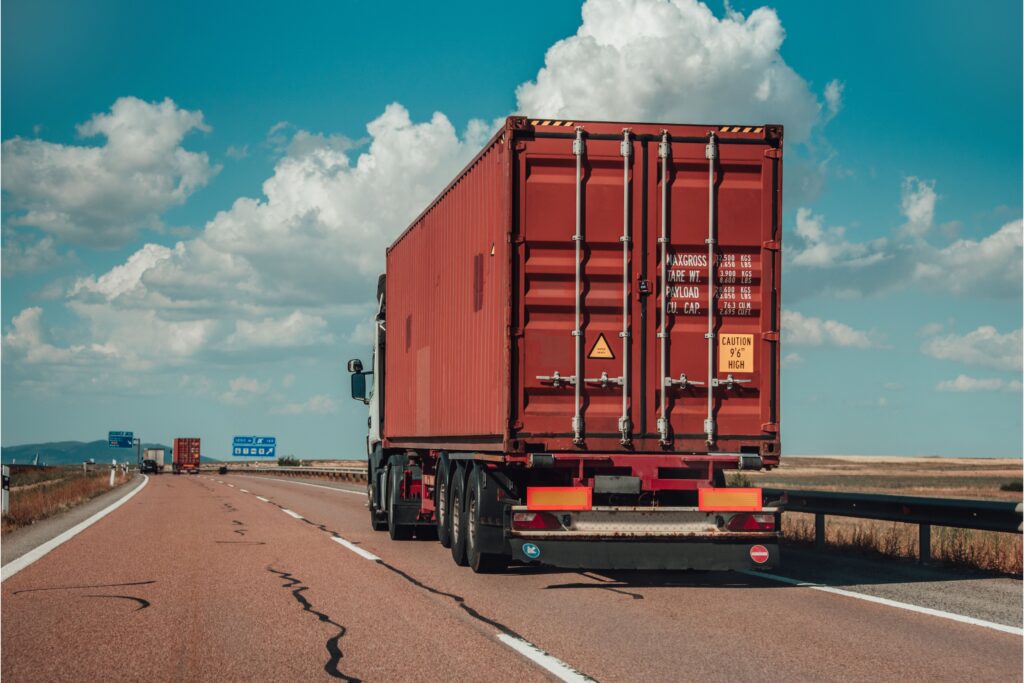
When it comes to securing cargo for transportation, choosing the right methods is paramount. Depending on the type of cargo and transport vehicle, different securing techniques may be required.
For loose items or palletized goods, load bars, straps, or nets are commonly used to prevent shifting during transit. These securing methods ensure that the cargo remains in place and reduces the risk of damage caused by unexpected movements during transportation.
Using Load Bars, Straps, or Nets to Secure Loose Items
One effective approach for securing loose items is utilizing load bars, straps, or nets. Load bars can be installed horizontally across the transport vehicle’s walls to create a barrier that prevents cargo from shifting sideways.
Straps can be tightened around the cargo itself or secured to anchor points within the vehicle. Additionally, using nets provides an extra layer of protection by enclosing the entire cargo area and preventing items from slipping out of place.
Employing Dunnage Bags or Bracing Materials to Prevent Movement
For bulky or irregularly shaped cargoes that require extra stability during transit, employing dunnage bags or bracing materials is highly recommended. Dunnage bags are inflatable cushions strategically placed between cargoes to fill gaps and provide additional support against movement. Bracing materials such as wooden beams can be used as temporary structures within the transport vehicle to prevent shifting and maintain balance during transportation.
Loading Techniques for Different Modes of Transportation
Road Transportation Loading
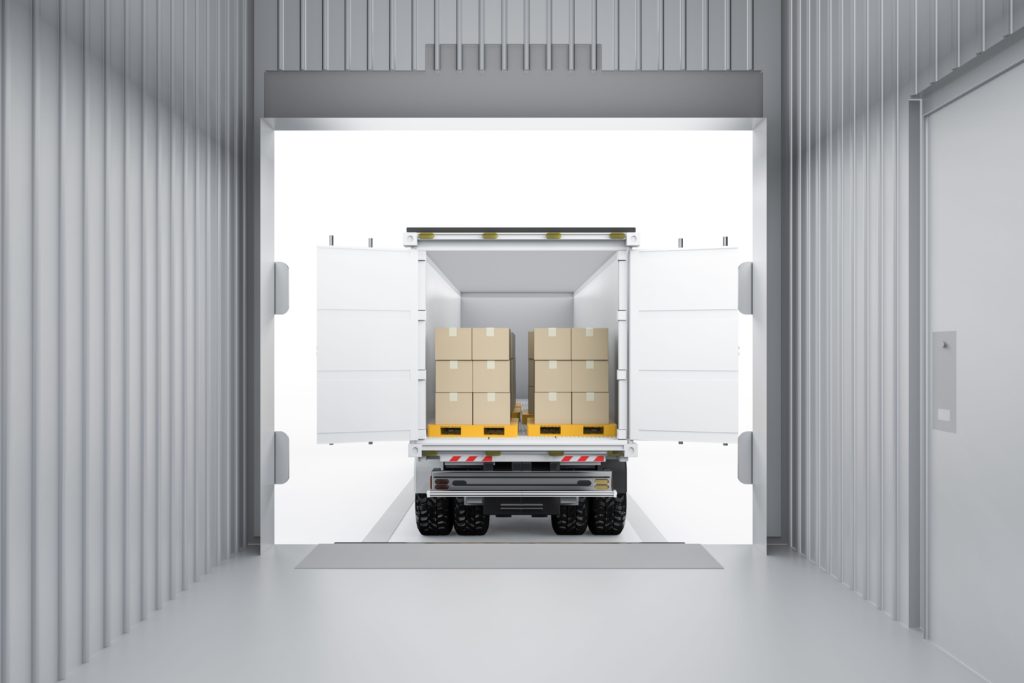
In road transportation loading scenarios where maintaining balance and weight distribution is crucial for safe handling on various terrains, it is essential to distribute weight evenly across the vehicle’s axles. Placing heavier items closer to the floor and ensuring that weight is evenly distributed from left to right helps improve stability and maneuverability during transit, reducing the risk of accidents or damages caused by imbalanced loads.
Air Transportation Loading
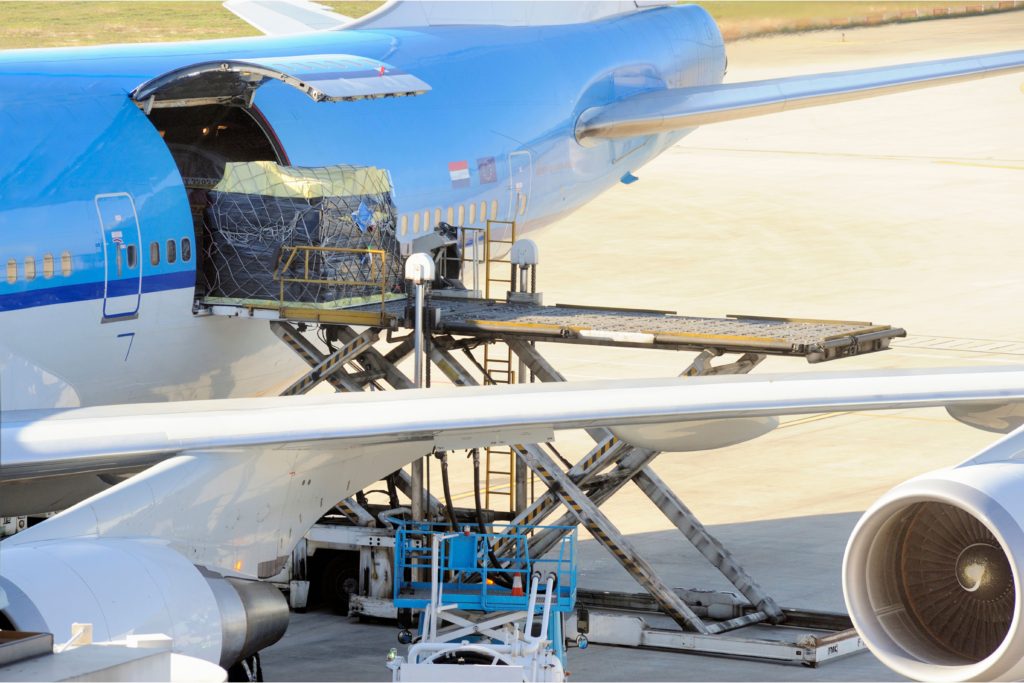
When it comes to air transportation loading, compliance with airline-specific regulations is of utmost importance. Airlines have specific guidelines regarding cargo dimensions, weight limitations, and packaging requirements that must be strictly adhered to. Additionally, minimizing empty spaces in aircraft holds by efficiently arranging cargo contributes to maximizing load capacity, reducing costs, and ensuring a smooth flight experience.
Maritime Transportation Loading
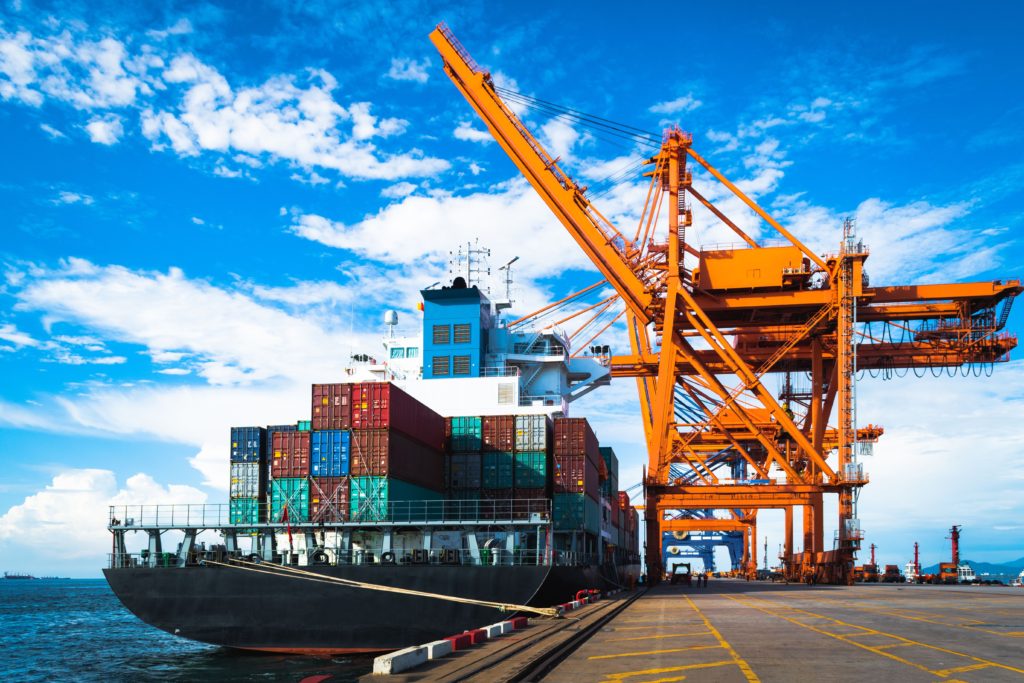
For maritime transportation loading operations on ships or vessels, achieving proper weight distribution is crucial for maintaining stability at sea. Balancing weight distribution throughout the ship helps prevent listing (tilting) or potential accidents caused by an uneven load. Adhering to best practices involves taking into consideration various factors such as cargo type, vessel specifications, and weather conditions to ensure safe passage and optimal cargo integrity during maritime journeys.
Conclusion
The process of cargo loading entails careful organization and securing methods tailored for different modes of transportation. By sorting cargoes based on compatibility while separating hazardous materials from non-hazardous ones and grouping similar-sized items together, we streamline the loading process while optimizing space utilization within transport vehicles. Furthermore, using appropriate securing methods such as load bars or dunnage bags prevents shifting during transit and ensures safe delivery.
Whether it’s road, air, or maritime transportation, following these best practices guarantees efficient logistics operations that prioritize both cargo safety and successful deliveries. Embracing these techniques fortifies our confidence in delivering goods effectively while safeguarding lives and resources on their journey towards their intended destinations Before you go, here’s our post about Truck Repair Tools to help you maintain your truck on the road!

